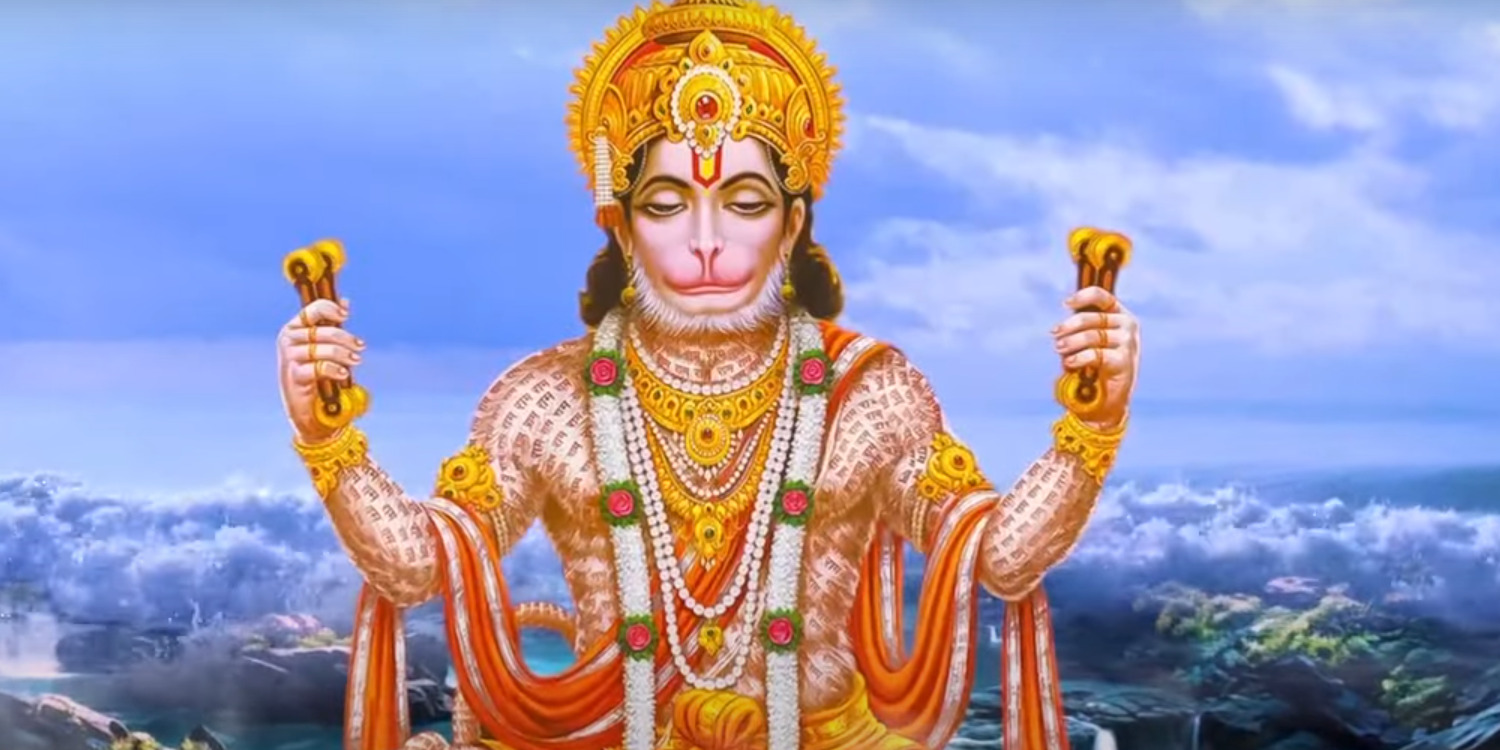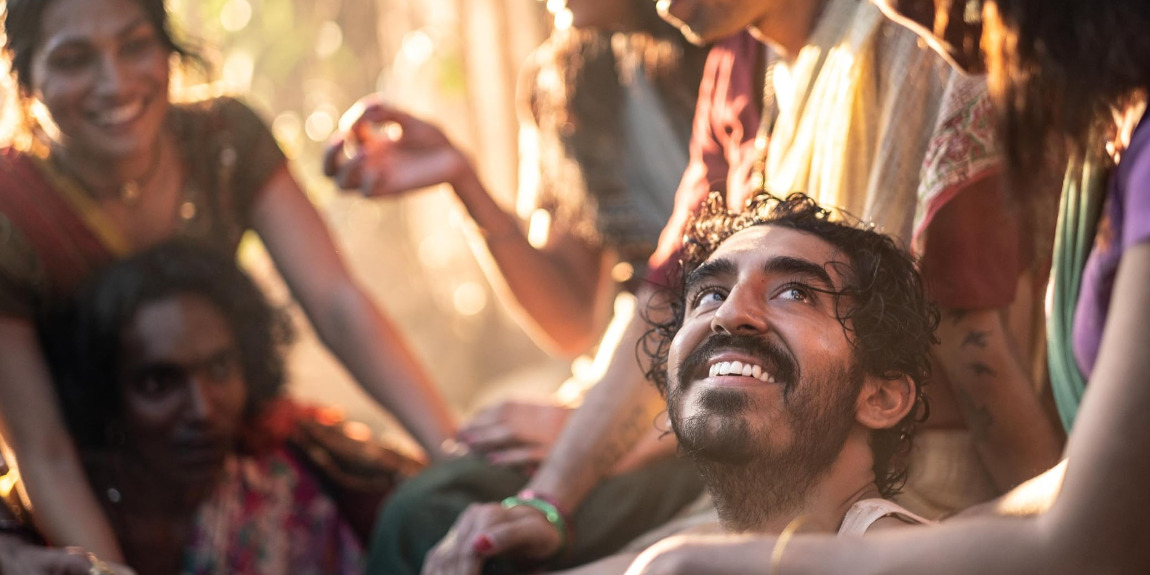Dev Patel’s directorial debut, ‘Monkey Man,’ is a film hinging on a revenge plot that remains chock-full of brutal action. Following Kid, a young man belonging to the lower rungs of society, the story finds him donning a gorilla mask and entering a fight club ring every night to earn meager money off being beaten bloody. However, as his trauma brews to the surface, the man discovers a way to bend the system and take his fight to the real enemy — the corrupt leaders who have been ruling over Kid and others like him for ages.
Therefore, consumed by a fierce need for retribution, the young man embarks on a path of vengeance. Set in India, with a focus on the slum area and its strained socio-politics, the film remains ripe with storytelling themes of the region, leaning into the culture with full force. Consequently, as the narrative peels back the layers of such a society, maintaining connections to the country’s current political landscape, viewers must wonder if Patel’s film holds any relevance to reality.
Monkey Man: Roots in Hindu Mythology
‘Monkey Man’ strives to bring a realistic depiction of the socio-political climate within a particular Indian region. Nevertheless, the film doesn’t equip real-life stories to do so; instead, it fictionalizes characters and events to present its tale. Yet, the base premise of the film — as well as the title — finds its inspiration from one of the most celebrated and revered Hindu gods, Lord Hanuman. A central figure in the holy text, Ramayana, Hanuman is a Hindu deity who symbolizes courage, devotion, and commitment, among other virtues. Patel holds a personal connection to the deity, hailing from an Indian Hindu family.

In conversations about the film and its inspirations, the Academy Award-nominated actor-turned-director has referenced his father, who wears a Hanuman emblem on a chain around his neck. Likewise, Patel grew up hearing stories about the deity from his grandfather, instilling an early fascination with the Hindu God. “I love the idea of Hanuman and his band of Vanaras [a race of forest-dwelling people in Hinduism, often represented as apes], a band of monkeys— like these outsiders kind of coming together to challenge the status quo. I love that,” said Patel in a conversation with The Astra Awards. “I think he’s awesome.”

Therefore, during the initial research stages, Patel decided to equip Hanuman’s iconography and mythology, alongside themes from Ramayana, to build a story that could discuss a broader socio-political story about the country. As such, the film inherently draws from many aspects of the religious story by connecting it to the modern landscape, such as the parallel between Hanuman’s band of outsiders and the contemporary Hijra community [kinship of transgender and intersex people in India].
A Love Letter To India That Examines its Political Climate
In utilizing the mythology of Hanuman to depict a tale about modern Indian socio-political issues, ‘Monkey Man’ ends up exploring a crucial reality of the country. Patel wanted to ensure his film features the vibrancy of Indian culture — from the beauty of Hinduism to an appreciation for the Indian culture personified by renowned Indian Tabla player Zakir Hussain’s cameo. At the same time, the filmmaker also wanted to highlight the raw, less-idyllic aspect of the Indian culture that informs much of its citizens’ reality. As a result, the caste system, a persisting issue within Indian communities, becomes a narrative center of the film.

Discussing the same in an interview with The Hindustan Times, Patel shared, “I really wanted to touch on [the] caste system in India, the idea where the poor are at the bottom, slaving away in these kitchens, then you go to the land of the kings and above them, you have God, a man-made god that is polluting and corrupting religion, and then you have heaven.” Furthermore, while the film depicts the Indian culture through its celebration of Hinduism for all its layered beauty, it also addresses the way that religion can often be weaponized and monetized, leading to socio-political tensions. Therefore, the narrative carefully and attentively tackles the issue of Hindu superiority over other religious minority groups.
Consequently, the film maintains a nuanced authenticity of the culture, highlighting both sides of the coin. Thus, the violent action that remains the thematic drive within the film holds a metaphorical resonance to reality, capturing decades of societal rage and trauma as it pours out of the protagonist, Kid, in waves. The same, paired with echoes of India’s culture, be it through the prominence of Diwali as a holy festival or the occasional utilization of the Hindi language, brings an authentic portrayal of Indian society to the screen.
Cinematic Influences
Even outside the film’s connection to Indian socio-politics, the tale penned within ‘Monkey Man’ remains a recognizable story imbued with familiar and relatable themes native to the action genre. “At its core, it’s a revenge film about faith, and it’s about faith in all its gory glory sometimes,” said Patel while discussing the film with ScreenRant.

Thus, as a self-proclaimed lover of revenge cinema, Patel had a lot of influences to draw from in charting this film’s action-focused tale. Notably, the young filmmaker found inspiration in various places, from Korean cinematography and Tarantino’s renowned stylized violence to Bollywood classics.
Recalling an anecdote from his childhood, Patel said, “I remember as a kid— I didn’t quite understand the film— but I remember the imagery of Shahrukh [Khan] in a film called ‘Koyla,’ and he was like red-eyed and sweaty, and he had this bloodied sword. And I just remembered he couldn’t talk. And it was, you know, rage and revenge and romance. So that’s part of it [Bollywood’s influence in ‘Monkey Man’].”
Consequently, with familiar action-driven beats picked from various sources of cinematic inspiration, Patel was able to bring a distinguished experience within his tale. As such, Patel’s film marks the debut of such a story, steeped in Indian culture, mythology, and societal issues, within mainstream Hollywood media. Nonetheless, the film’s details— from plot to characters, hold no tangible basis in real-life counterparts, rendering its narrative a well-researched, fictitious account.


You must be logged in to post a comment.